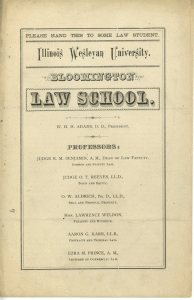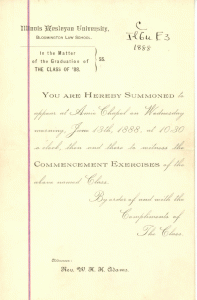Memories and treasures should last a lifetime and be passed on to future generations. The first national collections Preservation Week, “Pass It On!”, is taking place May 9-15, 2010.
The American Library Association and partners that include the Library of Congress, the Institute of Museum and Library Services, The American Institute for Conservation, Heritage Preservation, and the Society of American Archivists, are promoting Preservation Week to highlight collections of all kinds, and suggest simple steps to help you make sure your treasures and memories last a lifetime and are passed on to future generations.
What can you do?
1. Take a look around your home or wherever you store the mementos of your life and the lives of people who are important to you. Is a lot of it in long-term storage? Is the storage room subject to temperature and humidity fluctuation?
TIP: You don’t need to have cold storage to make paper and print photographic collections last. Constant levels of each are the most important thing. 70 degrees F is the upper recommended limit, but keeping spaces well-ventilated and preventing frequent fluctuation can help your stuff go a long way into the future.
2. Is your stuff sitting on the ground? Try putting a pallet underneath boxes or raising them 4-6 inches off the floor with something else.
3. Avoid stacking boxes directly on each other if at all possible. Open shelving is optimal: leaving space on all sides of stored material promotes air circulation and limits the chance that mold will develop.
4. Is your stuff digital? Do you back up your hard drive or use a commercial company for online storage? If you’ve got a back up hard drive, is it located near your primary digital storage place? Explore ways to back up your important files and keep them in a separate location to lessen the chance for loss if there’s a fire or natural disaster in your area.
5. Is your digital stuff labeled? File names like DSC7723, DSC7724, and so on can accumulate faster than you think. After awhile, how will you know what you are saving?
TIP: At a minimum, make folders with event names and dates to store photos in or create an index that associates this information with the program-generated file names.
6. Are your physical collections falling apart? Books, photo albums, scrapbooks and textiles need attention if they are to last. Taking photos out of old albums whose adhesives are failing and making sure they’re labeled is a good start. Some books may be rebound, but many will survive well into the future in a box or wrapper designed for them. Photocopying or scanning newspaper clippings can preserve their information without worrying about deterioration due to typically acidic scrapbook pages and/or newspaper itself.
TIP: Don’t seal anything in a plastic bag! Condensation forms quickly in plastic and promotes mold.
If you have concerns about any of your personal collections, I’m happy to talk with you about them. Use Preservation Week as a time to take stock of what you’re keeping, why it’s important to you and how you can act in ways that will keep your stuff safe for years to come!
Note: more ideas are available in one of my previous blog posts


